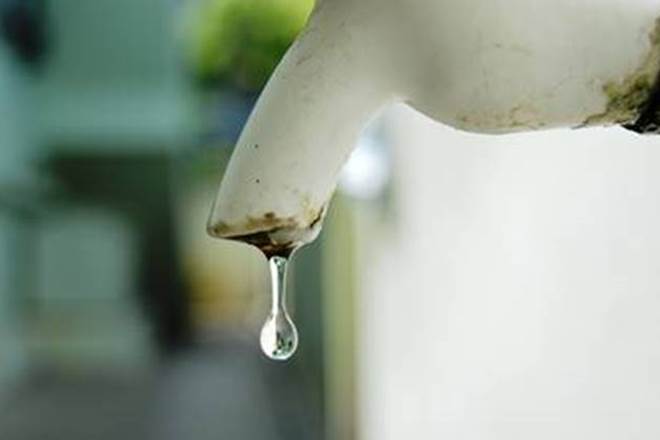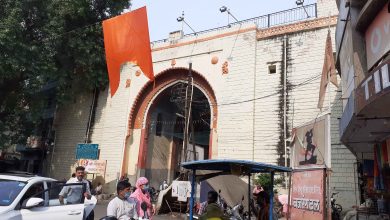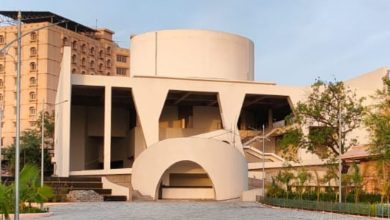Water at Laxmi Nagar, D’peth ‘ unfit for drinking ‘


Nagpur: Contrary to the popular belief that tony localities were Laxmi Nagar and Dharampeth, 27 out of 31 water samples found unfit for human consumption in all 10 urban areas were from these two areas. Nevertheless, the waterworks department of the Nagpur Municipal Corporation can heave a sigh of relief as almost 92% of the 381 water samples collected from across the city in December of last year have been found fit for drinking. The Water Works Department (WWD) conducted the experiment last year by Bureau of Indian Standard (BIS) against the backdrop of water testing in metro cities.
NMC Water Works Department Executive Engineer Shweta Banerjee told TOI that with the aid of the Regional Public Health Laboratory and Government Medical College and Hospital in the city, the department carried out the tests.
The Department identified 381 water sampling points in the 10 zones of the city covering the entire city as a first move. The team subsequently obtained samples from five raw water sources, protected 184 slum areas and outlets of 64 elevated reservoir storages and 128 sites other than slums strictly in compliance with standard operating procedures. The samples have been tested on 19 criteria in the RPHL, including turbidity, hardness, chlorine, colour check and odour, etc. “Out of the 381 samples 350 were satisfactorily tested and 31 were unsatisfactory,” Banerjee said.
“The water provided by the NMC is potable and if the residents ensure that their sumps or tanks are cleaned regularly, they can drink water directly from the tap,” she added.
While areas of Ashi Nagar, Satranjipura, and Lakadganj are notorious for illegal connections, samples tested from these locations have been found perfectly fine. In the Dharampeth district, the highest number of contaminated water samples was found. The tests here showed 17 different spots in which residents get contaminated water in their taps. Laxmi Nagar Zone followed. Here, as the samples were collected, ten sites were found where residents obtained contaminated water from the taps.
The samples were collected in Dharampeth zone one day after shut down declared to do some repair work. The analyses detected no chlorine content in any of the 17 samples. Banerjee said the source of pollution in the sewerage network and water pipeline was leakage about Laxmi Nagar district.
Under Gandhibagh zone, Nehru Nagar zone, Hanuman Nagar zone, and Dhantoli zone one each unfit water sample was found. The study has also shown that the majority of slum dwellers get safe water. Only 12 of the 184 samples were deemed unfit.
In addition to this, the company entrusted with 24×7 water supply and maintenance Orange City Water routinely collects water samples and checks the consistency. To a question, Banerjee said the response time to every pollution complaint received was significantly reduced.
“Whenever a complaint is received, we collect samples immediately, supply to the area is stopped and water is distributed via tankers. We flush out the network after rectifying the fault, and then tax it. Samples are again collected, and we recover the supply only if the pollution is removed, “she said.
Water Tale A — B— C— D 381—Samples collected 184—Slums covered—-172—12 128—Locations—-109–19 64—ESR outlets—64–0 5—Raw water source—5—0 (A: Number of samples collected; B: Places C: Complete and D: Unfit)









